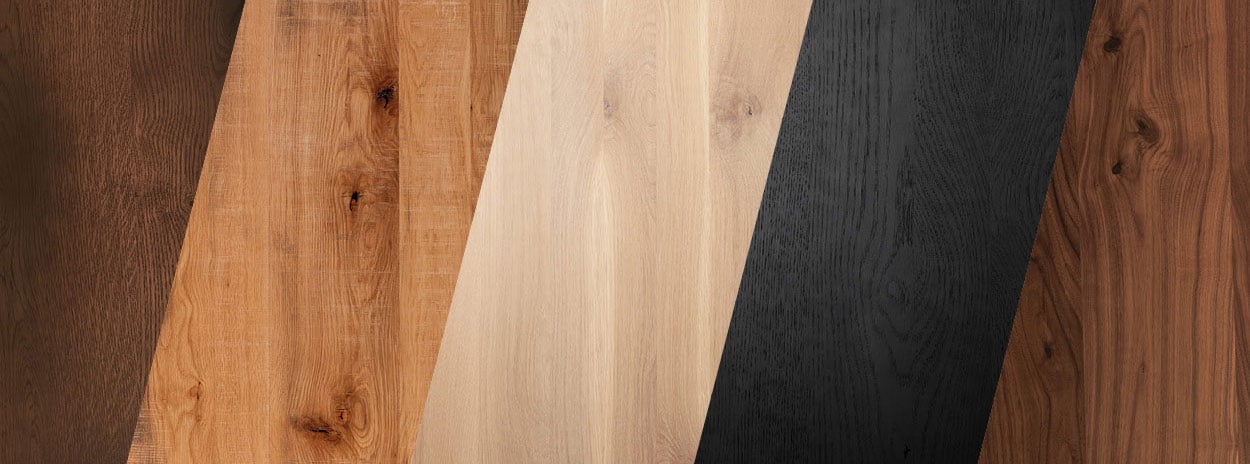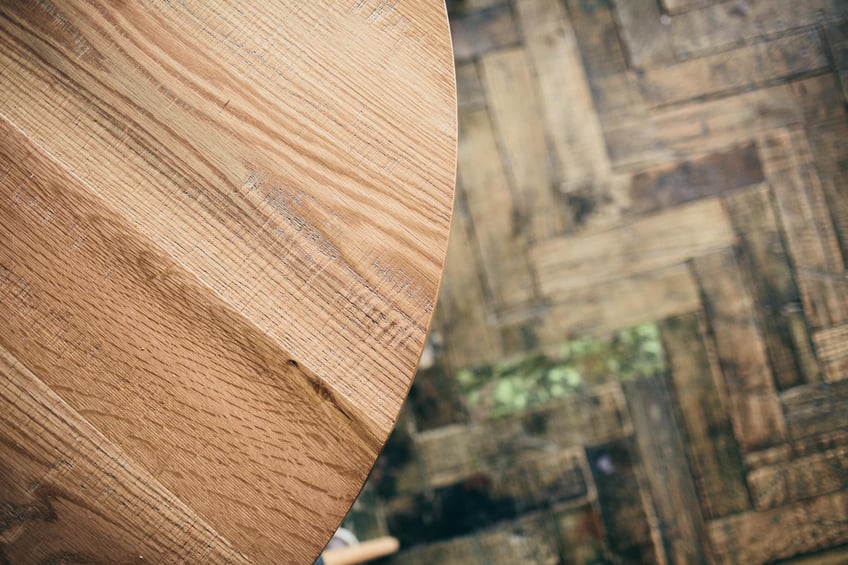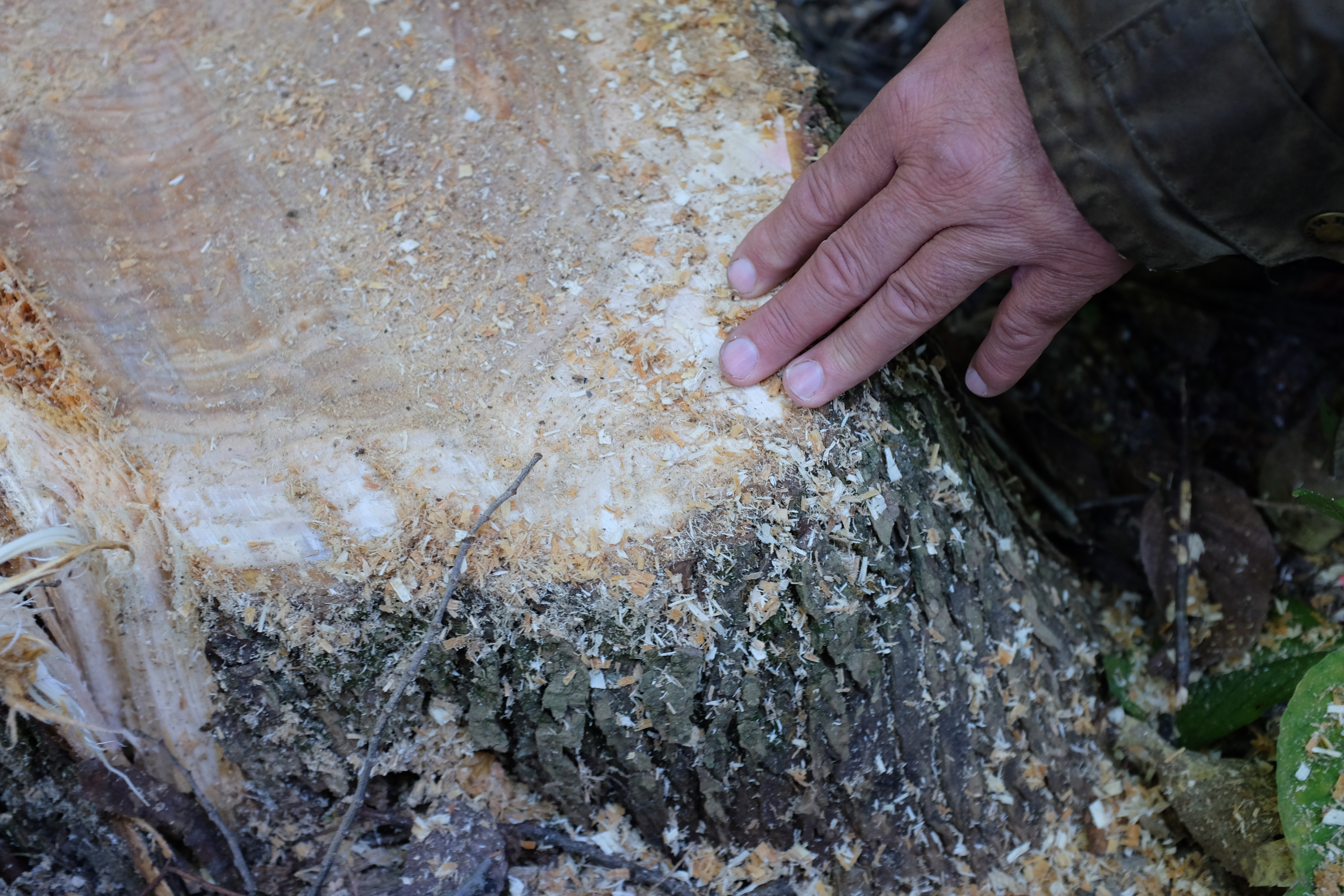Wood grain is an iconic look that outlasts trends, and brings the organic beauty of the outdoors in with every piece of furniture we create. The rich character of a board is created due to the growth and life of the tree it comes from, but reveals itself differently depending on how the board is cut. The world of tree harvesting and board creation is expansive, but this blog will equip you with the tools to identify a board's grain pattern.
Wood grain is the visible result of the cell structure of a tree, technically it refers to the orientation of wood-cell fibers. As a tree grows, the speed at which it grows plays a role in the appearance of the grain. Trees that grow quickly will have a tighter wood grain as their rings are closer together, and because of this, the age of a tree when it is harvested affects the pattern. Knots, a signature detail in wood grains, are signs of where branches once grew. You'll notice in our furniture there are often knots present. We see knots as a beautiful characteristic of each tree; they share the story of the wood and celebrate the imperfect beauty of the natural world.
While we cannot control the creation of a tree's cell structure or where it branches, how a board is cut plays a huge role in the final visible result. Depending how a log is cut, different patterns in the wood grain appear.
-1.jpg?width=848&name=CrowWorks_Columbus-CompassChair_2019_9831%20(1)-1.jpg)
Plain Sawn Wood
Plain sawn wood creates the iconic cathedral pattern on the face of the board. The milling technique is faster than most, so plain sawn is often the most common lumber you will find. The log is cut across, turned, and cut again. This technique uses the entire log, creating little to no waste. The resulting wood displays a cathedral pattern on the face of the board.

Quarter Sawn Wood
Quarter sawn wood has a discernible straight grain pattern. With white oak, dramatic flecking (hyperlink to blog 1 about flecking) is also present with this cut. To achieve this grain pattern, the log is first cut into quarters (hence the name) and then the boards are cut. The milling technique creates the most stable result as well. By cutting the wood at this angle, the board won't cup and is even more moisture resistant.

Rift Sawn Wood
Manufactured by milling perpendicular to the log's growth rings, rift sawn wood produces a linear grain pattern with no flecking. Typically, the pattern is narrow and very straight grain. Rift sawn is the most dimensionally stable cut of lumber available. It is wonderful for furniture making as all exposed sides share the same linear appearance.

Live Sawn Wood
Live Sawn Wood is a result of cutting the log straight across, top to bottom. The resulting wood grain pattern encompasses all three patterns above, cathedral, linear, and flecks. This method allows for larger boards and the most variety in the wood grain. Since at least a third of the cut is quarter sawn, the planks are also highly stable.

We love building our tables and seating with all four types of wood grain, creating a dynamic result that showcases all the rich detail of the tree.
You can highlight or alter the visibility of the wood grain with final finishes. Our lightly toasted finish brings out the dramatic beauty of the grain, while smoked creates a more subtle final look.

Explore the possibilities and begin your wood project today.



